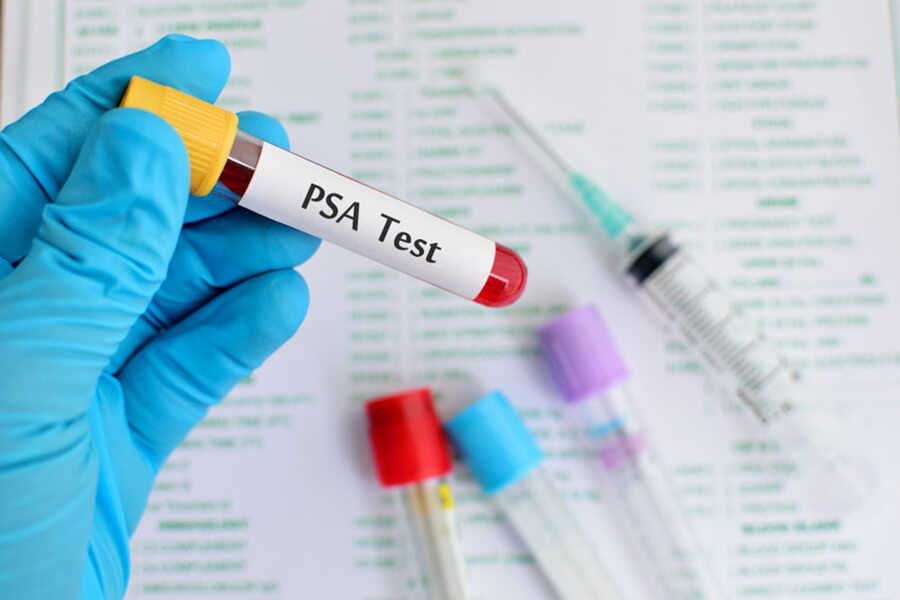Once upon a time, all men had to have a rectal examination to check for prostate cancer.
Any man who had that exam knows how uncomfortable it can be.
Now, men have choices in prostate testing. Testing includes two types of tests for prostate cancer.
They include the digital rectal examination (DRE), which is the old physical exam, and a prostate-specific antigen (PSA) blood test.
Neither are absolutely accurate and which one you take depends on your risk factors and your doctor.
Some doctors want both done to get a more accurate result but some will do a PSA test first.
Any abnormalities will send you to a urologist for a DRE. A bad result will mean a repeat of both tests and a referral to a specialist.
How the PSA test works
PSA is a protein made by the prostate gland. Very little enters the blood as the protein’s purpose is to nourish sperm.
When a man has cancer, the cancer cells don’t allow the PSA to function correctly.
This causes a large amount to end up in the bloodstream, causing high levels of PSA to show up on the test.
DRE test
This test requires a doctor to insert a gloved finger into your rectum to see if the prostate gland has changed or is enlarged.
Those with suspected cancer will undergo a biopsy of a piece of their prostate to get an accurate diagnosis. This is the only test that can confirm prostate cancer.
However, a prostate patient may need to undergo other tests to see how advanced the cancer is including a magnetic resonance imaging (MRI) scan, a bone scan, a computed tomography (CT) scan, or a pelvic lymph node dissection.
A PSA test offers men a new option to avoid a rectal exam. Even so, doctors may still require both to get a better picture of your prostate. It’s better to do both and be more certain of results.

